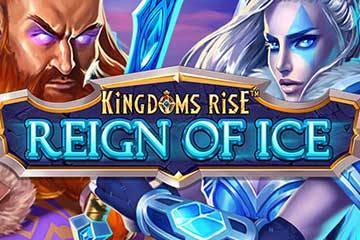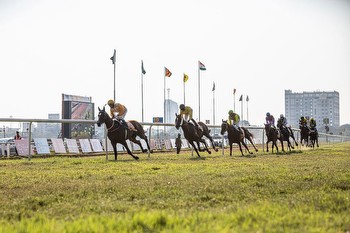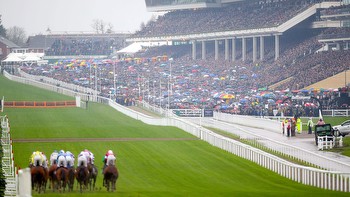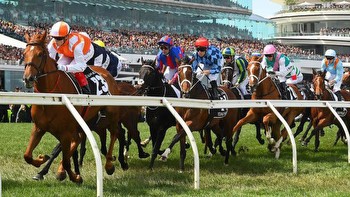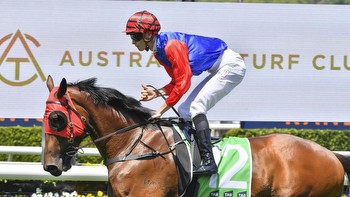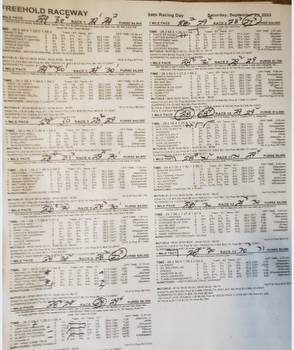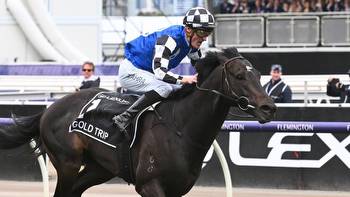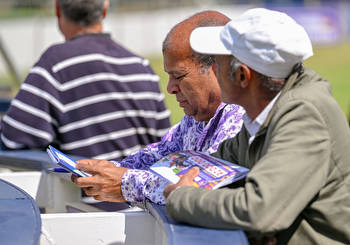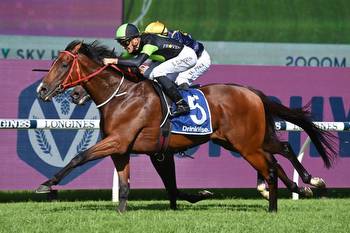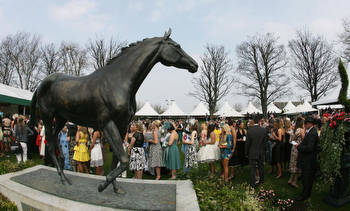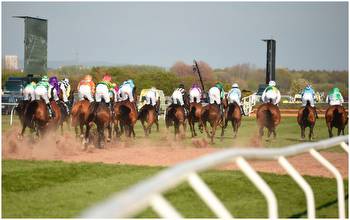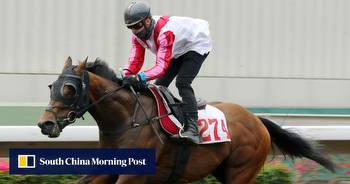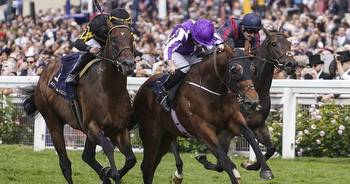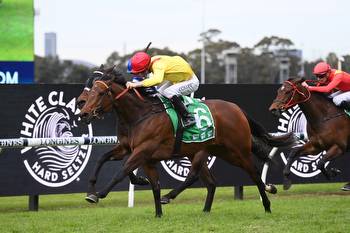Greg Polson: Understanding and assessing benchmark ratings
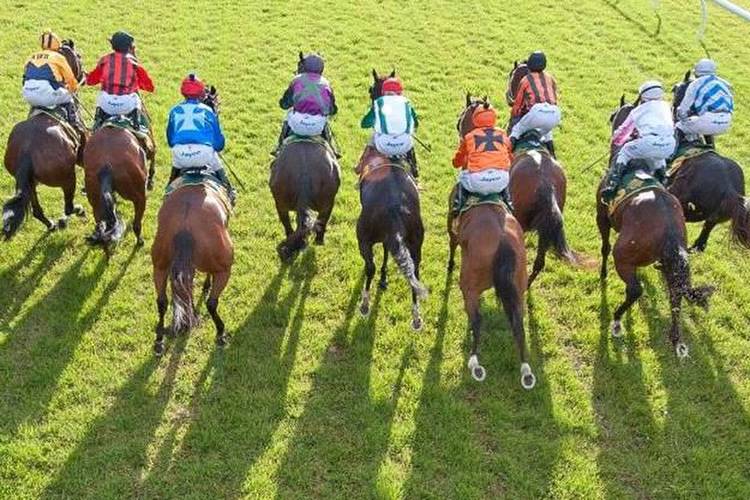
Overview
The benchmark rating system in Australian horse racing is a way to assess a horse's ability and performance in races.
The benchmark rating is a numerical value that indicates the horse's level of ability. It is calculated by assessing the horse's finishing position in its previous races, the class of those races, and the weight it carried.
The rating is then used to establish a horse's weight in future races.
Some Key Facts
* Two ratings points equal 1kg in handicapping terms.* Fillies and mares get a 2kg allowance.
* Ratings will move up substantially quicker than they will come down.
The Rating System in Practice
Let's use the popular Shelby Sixtysix to explain how the ratings work.
A 38-start veteran, Shelby Sixty Six won his first race at Wagga in April 2020 and was given a 56 rating which increased to 62 when the gelding made it back-to-back wins.
His rating hovered in the 62-63 range until his next win 16 starts later in a class two Highway Handicap. However, that's when things start to get interesting.
Shelby Sixtysix carried a 62-point rating into the Group II Challenge Stakes where he finished runner-up, splitting Eduardo and Nature Strip, which saw his rating rise to 82 before winning a Group III next start with the rating jumping to 96 when Shelby lined up in the Group I Galaxy which he duly won.
The Galaxy win saw Shelby Sixtysix reach his peak rating of 103. So that's a 41-point rating increase in four starts.
Shelby Sixtysix hasn't been able to win in 14 subsequent starts, with his current rating 91, a drop of 11 points from his peak.
Here's the key to using benchmark ratings in form analysis
Understand that benchmarks are a measure of performance over time with the key to using them deciding whether or not a horse is racing up to his benchmark. There is little doubt Shelby Sixtysix isn't and in my opinion, is unlikely to win another race.
Conversely, horses early in their career can keep ahead of the ratings until they reach their level.
Magic Time which won the PJ Bell Stakes, is clearly a better horse than her rating suggested going into the race with a 77 figure after winning two from two in her first preparation. That figure has jumped to 91 after the win, and I am not sure that the handicappers have her measure yet.
Types of races where benchmark ratings can be an advantage to punters.
Set weight races – The handicapper doesn't get involved.
WFA races – Once again, the handicapper has no input.
Races with maximum top weight – such as Quality Handicaps which compress the weights.
With a minimum weight also in operation, it's worth looking at the best-rated horse of those on the minimum.
I have seen country cups in NSW on several occasions where the top weight is well performed and the vast majority of horses are on the minimum. If the top weight is scratched, the race takes on a completely different outlook with the race essentially becoming a set-weight race with all horses on the minimum.
Summary
While hardly the most important factor in analysing form, understanding how the ratings work and looking for races where the highest rated horses are in form and advantaged by the race conditions such as set weight and WFA races can be a profitable punting strategy.
